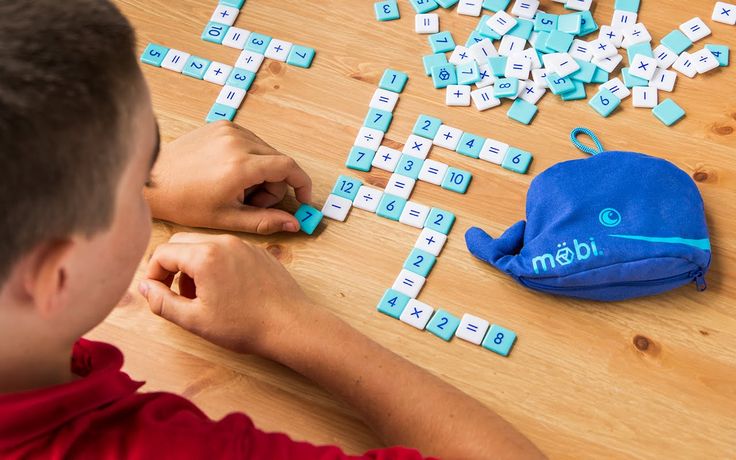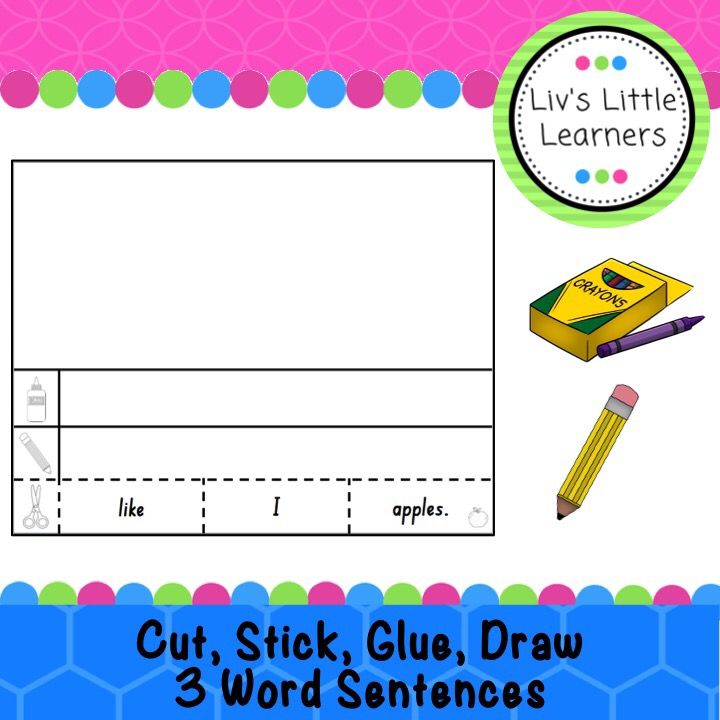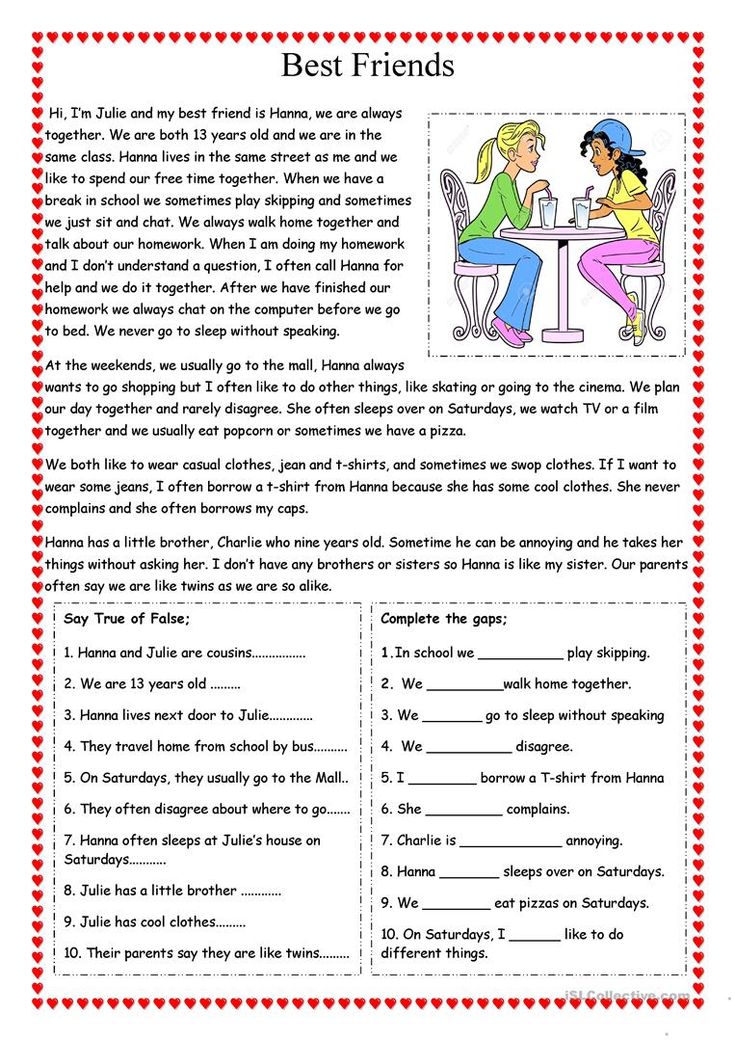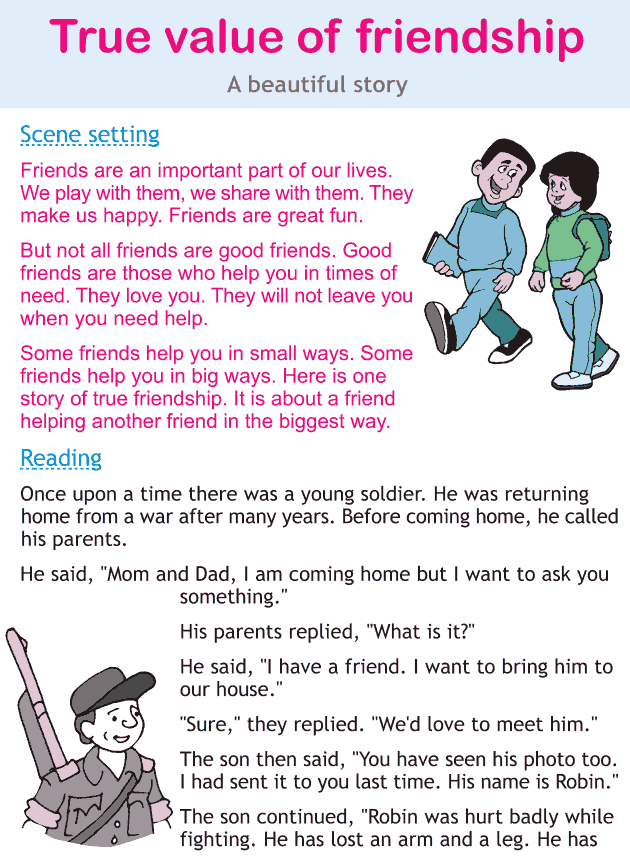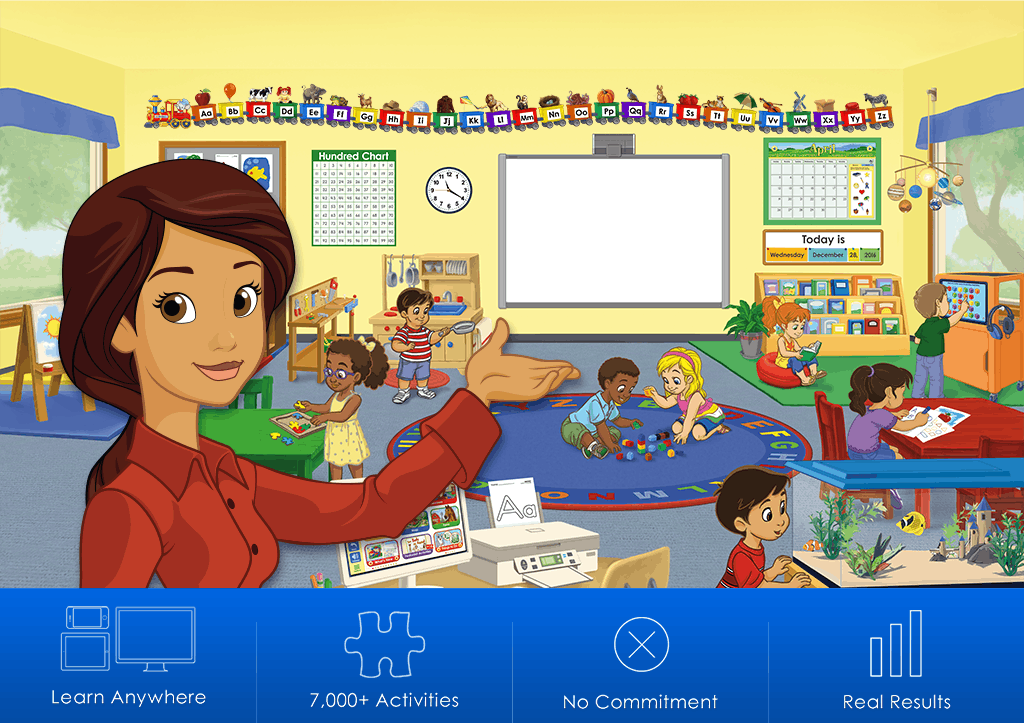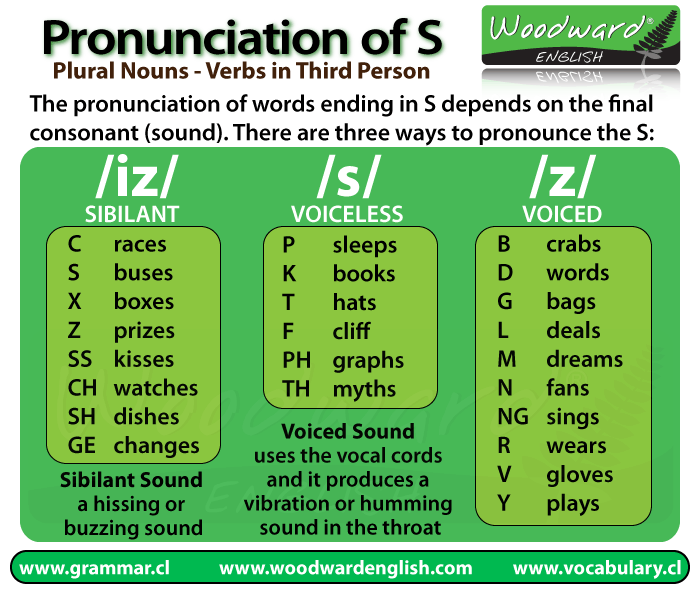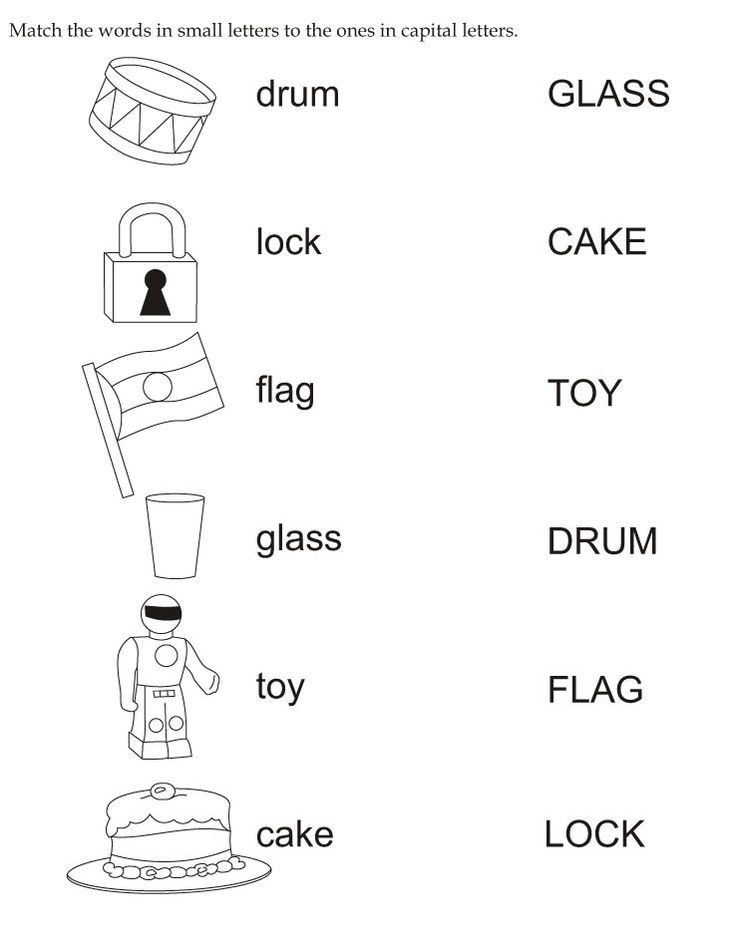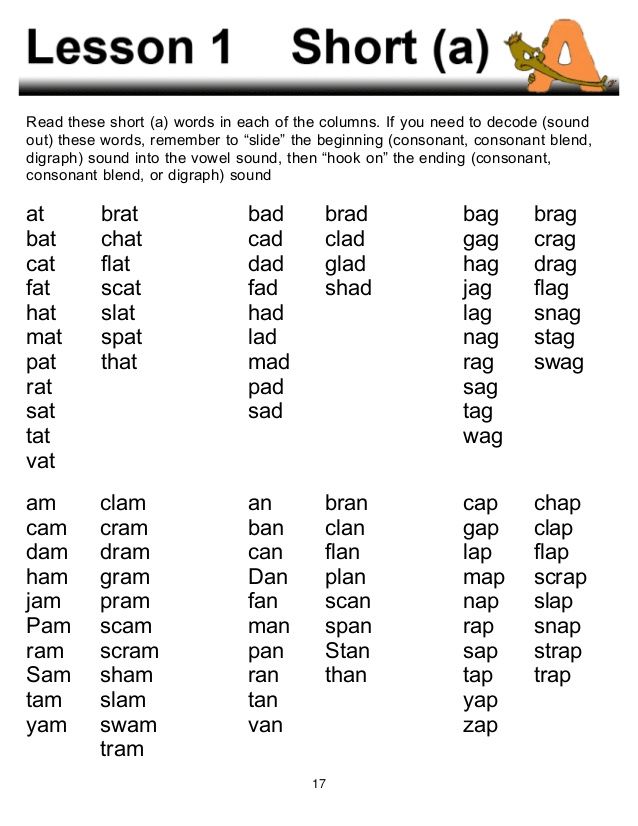Phonogram cards free
Free Phonogram Flash Cards (Printable Phonics Flash Cards)
By Rodney Everson
- Opens in new tab
- Opens in new tab
- Opens in new tab
- Opens in new tab
For the past few years I’ve sold the OnTrack Reading Phonogram Flash Card PDF for a modest price. Now, I’ve decided to make it freely available to anyone who wants it. You can download it below at no cost.
Download the OnTrack Reading Phonogram Flashcards
Leave this field blank
First Name
Last Name
Email Address
Author’s NoteImportant: I have not changed the copyright notice on the phonogram flashcard set in case I decide to someday begin charging again for the set. I encourage you to share this resource with others, but if you do, please send them to this page to download a legal copy.
This set of printable phonics flashcards consists of 84 letters and digraphs and the most common sounds represented by each. They provide a working set of phonograms for a young child learning to read, or for an older child that needs a clearer understanding of English phonics. The set can be used to review the code knowledge taught in the OnTrack Reading Phonics Program, or as a stand-alone instructional tool.
Description of the Flash Cards
Each card has a phonogram, either a single letter or a digraph, on the front. On the back are listed the various pronunciation options, with examples, for the phonogram on the front of the card. For example, the c card shows the options /c/ (cat) and /s/(city), whereas the o card shows the options /o/ (hot), /oe/ (cold), and /oo/ (do).
Also, on the backs of some of the cards, some phonics cues are listed, such as "This is the ending /oy/" on the back of the oy card, or "This is the marker /ch/" on the back of the tch card. (The concept of a marker is used in the OnTrack Reading Multisyllable Method.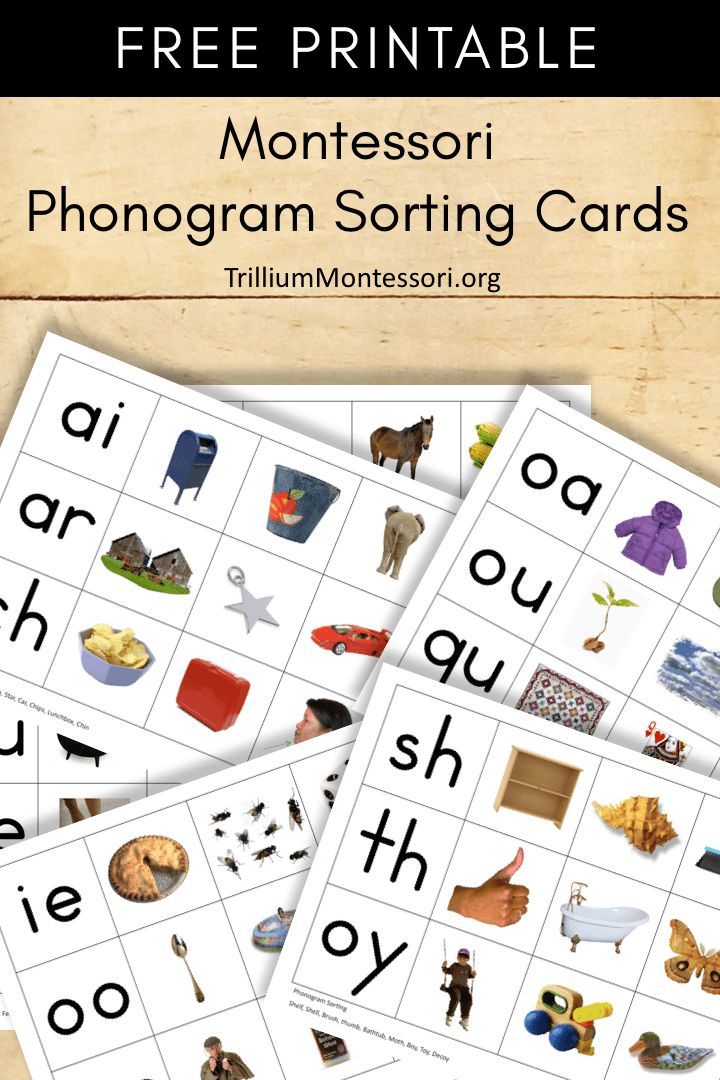 )
)
Going Beyond the Flash Cards
If you like the way the information is organized in the OnTrack Reading Phonogram Flash Card Set, but want to try a more comprehensive phonics program, consider using the OnTrack Reading Phonics Advance Code Phonics Workbook.
Author’s NoteNote: The flash cards are not part of the workbook program. They do, however, illustrate the code knowledge that is covered in the program and can be used for review following completion of the workbook.
The workbook program also covers the essential auditory skills of blending, segmenting, and phoneme manipulation, as well as explaining several important concepts such as the role of the split vowel digraph (often referred to as Silent-e, or Magic-e.) In addition, the workbook teaches a highly effective method for decoding unfamiliar multisyllable words, a method so straightforward that young readers inclined to guess at longer words are likely to switch to a decoding strategy once they’ve learned it.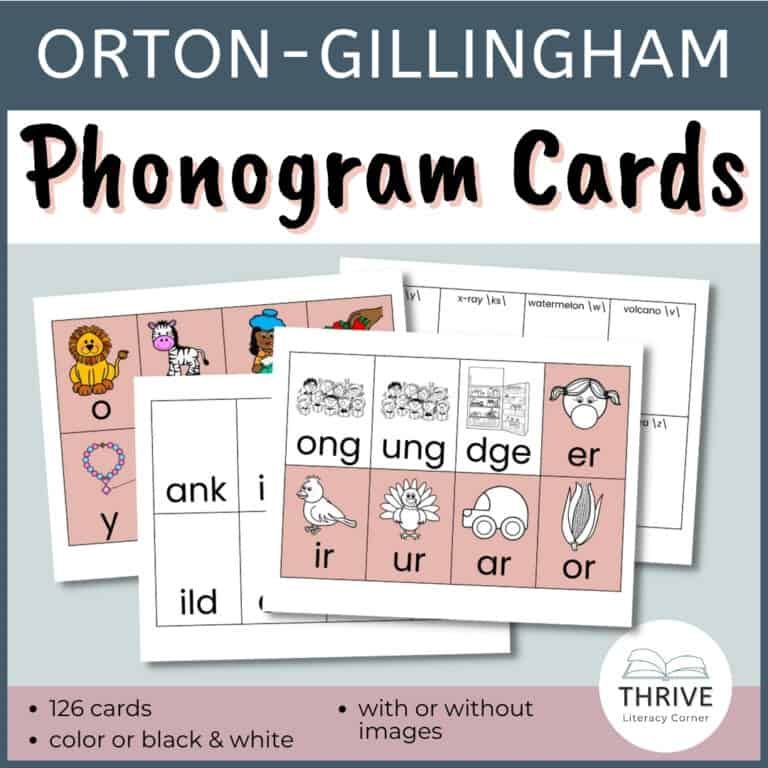
However, if you have a young reader who seems to be having a relatively easy time learning to read, you could simply ensure that he learns the information on each flash card over time. He should learn all of the options for each phonogram, and he should also learn to try each of the options, in the order listed, when he encounters an unfamiliar word. As he gains experience and begins reading longer words, you might also consider teaching him the free OnTrack Reading Multisyllable Method.
A Philosophical Note
This set of 84 phonograms, and the sounds assigned to each of those phonograms, represents a good start toward a universal standard
Imagine the impact on reading instruction if every teacher, parent, grandparent, and even the older siblings of a young child were able to consistently explain the phonics content of each unfamiliar word that the child encountered. But for that to happen, first we have to, in effect, standardize English phonics. That is, we have to come to an agreement on what is to be taught. The obvious starting point is to specify the English phonograms, and then to specify the sounds that should be assigned to each phonogram.
The obvious starting point is to specify the English phonograms, and then to specify the sounds that should be assigned to each phonogram.
I think that this set of 84 phonograms, and the sounds assigned to each of those phonograms, represents a good start toward a universal standard. The set is reasonably comprehensive in that it covers most of the phonograms an emergent reader will encounter and assigns nearly all of the sounds they will need to each phonogram without being unnecessarily complicated. It is also easily extendible in that phonograms not covered in the set can be incorporated by young readers themselves as they gain experience.
If you do decide to use the flash cards, the next page explains the system of notation used to designate the 43 English sounds covered by the cards.
How to Teach Phonograms (+ 3 FREE Printable Games!)
by Marie Rippel
Understanding phonograms is vital to your child’s success in reading and spelling—but the thought of teaching them may seem intimidating.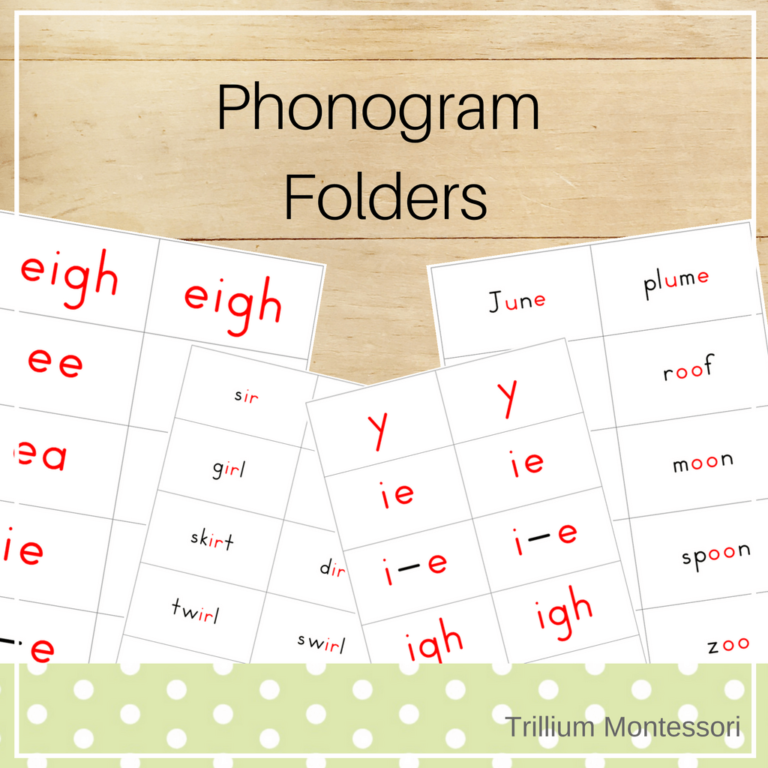 Fear not! Phonograms are actually very simple to understand and easy to teach.
Fear not! Phonograms are actually very simple to understand and easy to teach.
Let’s start with a quick definition.
What Are Phonograms?
A phonogram is a letter or combination of letters that represent a sound. For example:
- CK is a phonogram that says /k/ as in clock.
- S is a phonogram that says /s/ as in sat or /z/ as in has.
- OY is a phonogram that says /oi/ as in boy.
The word phonogram comes from Greek and is literally translated as the “written symbol for a sound.”
Why Should You Teach Phonograms?
Simply put, phonograms make learning to read and spell much easier!
Take a look at the word past. If you pronounce the word slowly to hear the individual sounds, you will hear four different sounds: /p/–/ă/–/s/–/t/. For each sound, we can write down a phonogram. This 10-second video shows exactly how this is done.
That was an easy example, but the same principle also applies to multisyllable words. Here’s the word winter.
As you can see, your child doesn’t need to remember w-i-n-t-e-r as a random string of letters. Instead, he can just segment the word and represent each sound with a phonogram.
Listen to the Phonograms with Our Free App
Just click a button below to hear the correct pronunciation of the phonograms.
(If you are on a slow internet connection, there may be a slight delay. The downloaded version of the app will not experience this delay.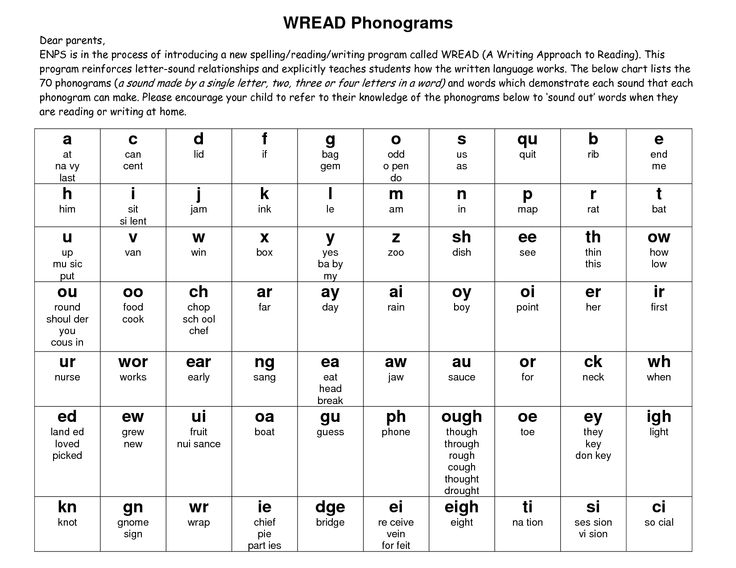 )
)
You can download the free app on your computer, tablet, or phone here.
The button colors match the colors of our letter tiles to reinforce learning, and the phonograms are arranged in logical groupings, matching the labels provided with the letter tiles.
Phonograms Are Like Building Blocks
Phonograms are the building blocks of almost every English word. In fact, a study of 17,000 words showed that the vast majority of words follow the regular phonogram sounds. Only 3% of the words are completely irregular (such as said and of).1 This means that there are very few words that must be learned through repetition and rote memorization.
Since phonograms represent sounds, the number of letters in a word doesn’t necessarily correspond to the number of phonograms. Here are some examples:
How to Teach Phonograms
If you’ve been hanging around our blog for a while, you know by now that we teach everything very incrementally, step-by-step.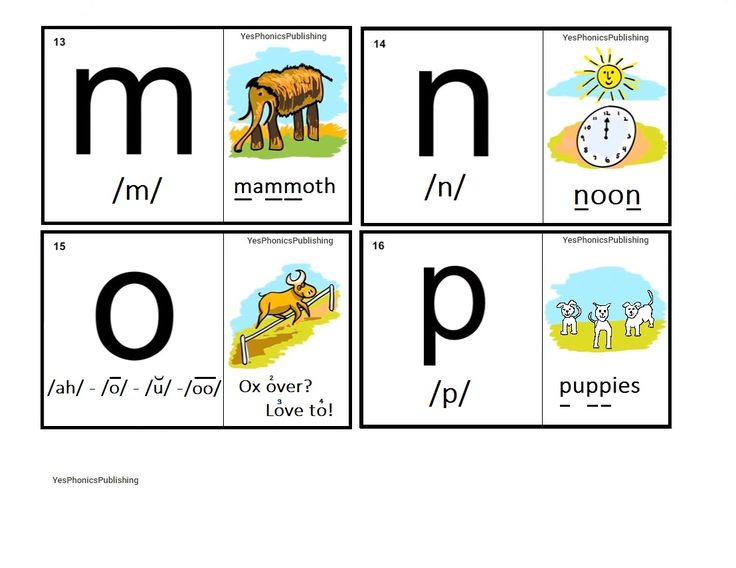 It would overwhelm most kids to have to learn all the phonograms at once, so we teach just a few phonograms at a time. Once your child has mastered those, we introduce a few more.
It would overwhelm most kids to have to learn all the phonograms at once, so we teach just a few phonograms at a time. Once your child has mastered those, we introduce a few more.
Flashcards (known as Phonogram Cards) are an efficient way to teach and review the phonograms, and we include them right in the All About Reading and All About Spelling programs.
The front of the card shows the phonogram. This is the side you show your student.
The back of the card has information for you, the teacher. It shows the sound of the phonogram, along with a key word.
If you are using All About Reading or All About Spelling, these steps are included right in the lesson plans.
- Show the Phonogram Card.
- Demonstrate the sound.
- Have your student repeat the sound.
- After several repetitions, see if the student can say the sound without your prompting.
The goal is to flip through the flashcards and have your student say the phonograms without pausing to think.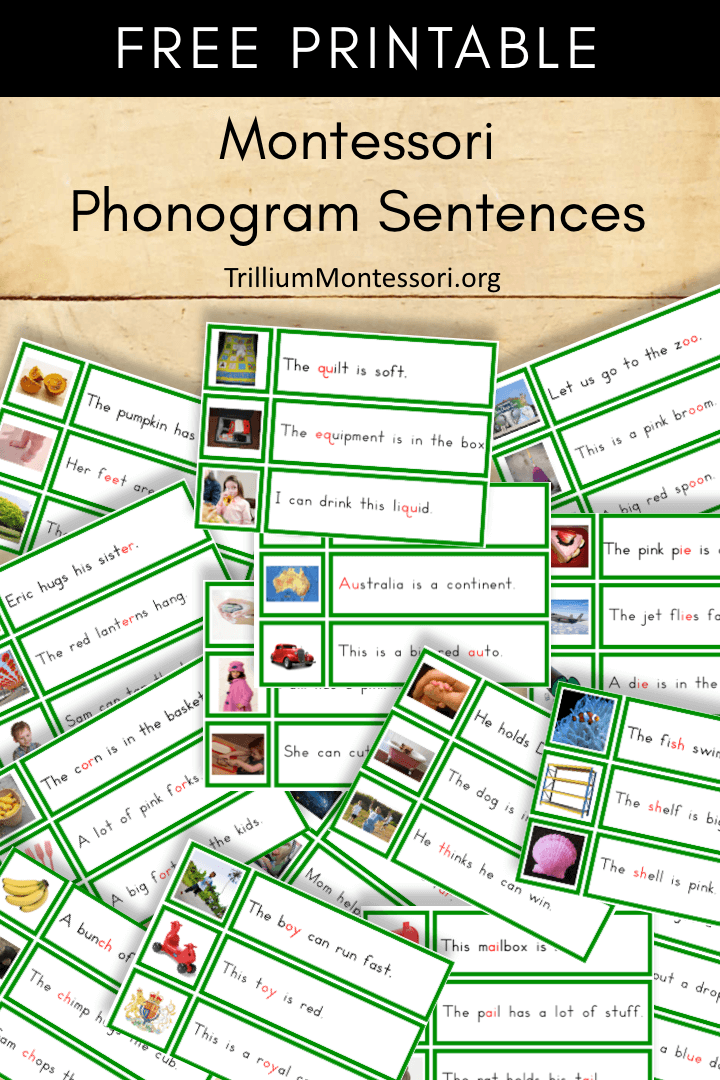
Organizing Your Phonogram Review Cards
To stay organized, sort the Phonogram Cards behind three dividers:
- “Review” divider: Cards that your child is currently learning go here.
- “Mastered” divider: This is where you’ll put the Phonogram Cards that your child knows inside and out.
- “Future Lessons” divider: This is the parking spot for cards that haven’t been presented yet.
And this is important: after your child knows the phonograms, don’t forget to review! Quickly flip through a handful of cards at the beginning of every lesson to keep them fresh in your child’s mind.
Download These 4 Free Printable Games to Practice Phonograms
There’s no better way to review phonograms than by playing a game! Choose one of these games (or all four!) to make practice time go by more quickly.
Try Not to Moo
Try Not to Moo is an effective and super silly new way to practice phonograms that makes review time extra me-moo-rable! Designed to be used in conjunction with All About Reading or All About Spelling, this activity can also be used independently.
Get instant access to Try Not to Moo!
Swatting Phonograms
If your phonograms review and practice sessions are falling a little flat, here’s a great hands-on activity that you can slip in whenever you have a few extra minutes. It’s so much fun your child might not even realize he’s practicing!
Check out our super fun (and kind of gross) Swatting Phonograms activity!
Fun with Phonograms
Playing games is a great way to reinforce learning with children, and our easy-to-assemble printable game boards give you five different ways to have fun with phonograms! It’s as easy as 1-2-3—just download, print, and play!
Get instant access to Fun with Phonograms!
Phonogram Jungle Bingo
It’s easy to review phonograms when you have a great game to play! And who doesn’t love a good game of Bingo? Just print our jungle-themed bingo boards and grab your phonogram cards. You’re ready to go!
Download the PDF for Phonogram Jungle Bingo!
The Bottom Line for Teaching Phonograms
With phonograms, reading and spelling are much easier! Here are a few things to keep in mind:
- An understanding of phonograms is vital to your child’s success in reading and spelling.

- Phonograms are simple to understand and easy to teach.
- Tools like the Phonogram Cards, the Phonogram Sounds App, and simple games are a great way to help your child master the phonograms.
- Review is essential!
Was this post on phonograms helpful to you? Let me know in the comments below! And then download our “20 Best Tips for Teaching Reading and Spelling” for even more great information!
___________________________________
1. Hanna, P.R., Hanna, J.S., Hodges, R.E., & Rudorf, H. (1966). Phoneme-grapheme correspondences as cues to spelling improvement. Washington, DC: United States Office of Education Cooperative Research.
Free backups of songs with the text 🎤
VIA "Faithful friends" - road
7.2 MB, 320 KBPS, Orig+BEK
Buranovsky grandmothers - Party for EVERYBODY
, 320 KBPS, text
VIA "True friends" - No wonder they called you a Muscovite
5.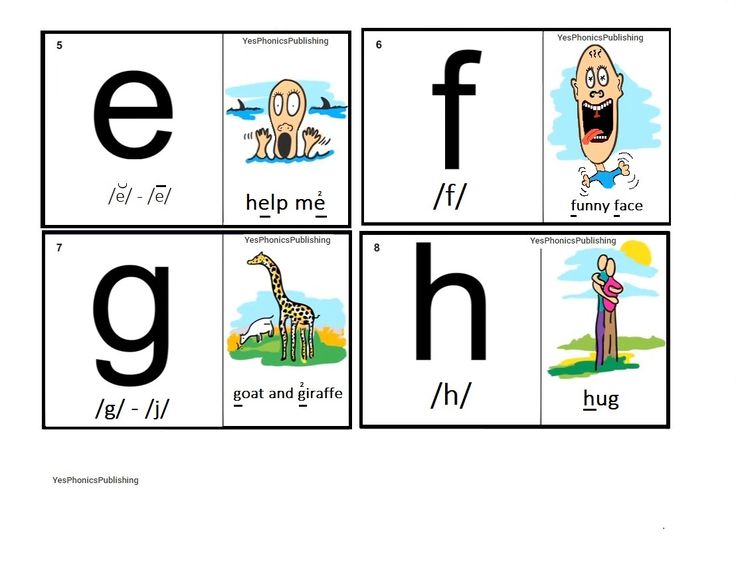 5 MB, 320 Kbps, original + back
5 MB, 320 Kbps, original + back
VIA "True friends" - We haven't danced for so long
6.0 MBps, original back
VIA "Faithful Friends" - Eternal Waltz
8.1 MB, 320 KBPS, Orig+BEK
VIA "faithful friends" - how beautiful this world is
9000 9.4 MB, 320 KBPS, Orig+BEK
VIA Liva - Mes Neskirsimies
6.6 MB, 233 KBPS, Orig+BEK
VIA "Radar" - tandem
VIA "RADAR" - VIA "RADA" No problem
6.3 MB, 320 Kbps, original+back
VIA "Radar" - case
5.5 MB, 320 KBPS, Orig+BEK
VIA "RADAR" - White Ship
6. 1 MB, 320 KBPS, Orig+BAK
1 MB, 320 KBPS, Orig+BAK
VIA VIA "Radar" - Arena
8.2 MB, 192 Kbps, orig + back
Mikhail Mikhailov - Sing, my good
3.9 MB, 192 Kbps, master, text Nasha Rodniki studio
7 -
6.1 MB, 320 Kbps, original+back, text
Rodniki - Do not take the sun from children
8.3 MB, 320 KBPS, Orig+BEK, Text
Tamara Taube - take care of my heart
4.2 MB, 192 KBPS, Master, Text
Vesna305 - New New Year
7.3 MB, 320 KBPS, Orig+BEK, Text
Buranovsky grandmothers - New Year
10 MB, 320 KBPS, Minus, Text
Walter Inna - On New Year's Eve
8.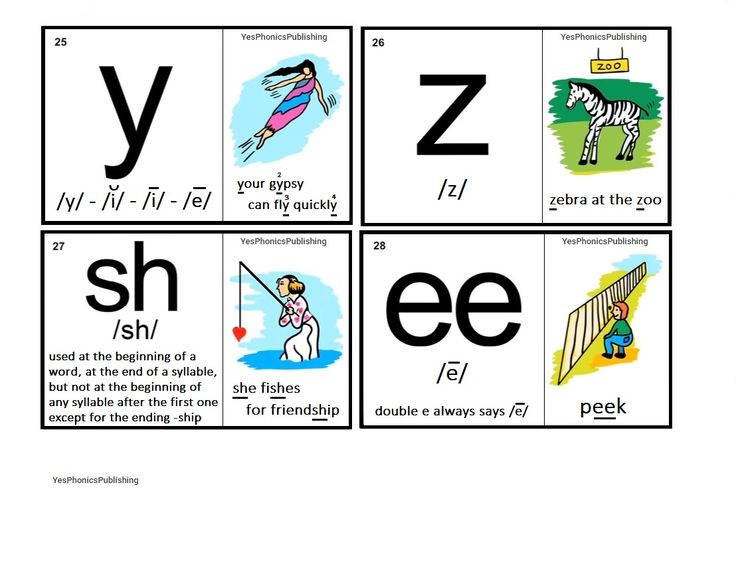
Learn more

